When I read it, I think a \$2\$-digit BCD number is something between \$0\$ and \$99\$ in decimal. So, for example, \$0100 1001\$ is a \$2\$-digit BCD number and decimal equivalent of it is \$49\$ in my opinion.
However, this question confused me. I want to interpret \$A_0\$ or \$A_1\$ as a \$4\$ binary digits, representing a decimal number(BCD). And the circuit will add two \$2\$-digit binary numbers then. However, in such a scenario, I would expect to see an output labeling either as \$S_0\$ and \$S_1\$, which will also correspond to \$4\$ binary digits, but will represent BCD. Or, I would expect to see \$S_0\$ to \$S_7\$, each representing one binary digit.
In short, I am stuck in this question. Either I have some misunderstandings about wording, or I just don't get it.
I would appreciate if someone explains what this question wants to tell.
